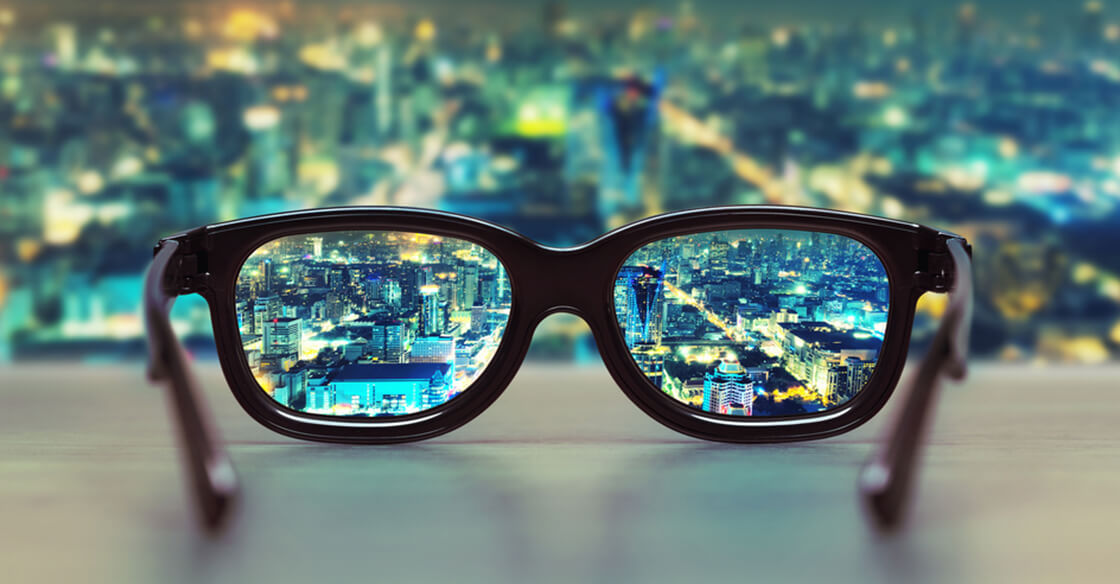Is Your Home or Office Lighting System Hurting Your Eyes?

In our quest to become more energy-efficient, we have been developing and introducing better lighting systems for homes and offices. Each system purporting growing to be better than its predecessor in terms of light quality, longevity and power consumption. But, perhaps in this well-intentioned mission to reduce our carbon footprints, we have been amiss at considering the long-term effects these lighting systems can have on our vision and general eye health.
A study in 2012 by the Australian National University (ANU) has found that working for more than 45 hours per week under the fluorescent lights, which are commonly used in offices, can affect your eyesight in the long term. Fluorescent lights which give off a “cool” or “bluish” light are known to emit UV light which is equivalent to or more than natural sunlight.
While the probability of contracting ocular defects like cataracts increases with age, according to the study, excessive exposure to fluorescent can increase your chances for developing cataracts at as early as the age 40 by 5-12%. Other defects which exposure to fluorescent or “high-efficiency” lights can cause include pterygia, also called “surfer’s eye”, which is a noncancerous growth on your conjunctiva that can obscure your vision.
Additionally, the flicker rate in fluorescent lamps can still be noticeable, especially in offices where high-power functions like heating or air-conditioning can cause voltage fluctuations. These flickering lights can cause eye-strain, and even induce migraines.
So, what kind of lights should I invest in?
Compact Fluorescent Lights (CFLs): These are the most common replacements and emit a “warmer” glow compared to the fluorescent lights, and emit a lower level of UV radiation.
LED Lights: LEDs use less energy but are pricier than CFLs.
Task Lighting: Activity-specific lighting like desk lamps can help reduce dependence on overhead fluorescent lighting.
Other tips to minimize fluorescent light exposure:
- Rely on daylight as much as you can, especially if your cubicle or desk has the advantage of being next to a window. In addition, the glass used on your windows is (usually) built to block UV radiation, so you’re safe from the sun’s UV radiation.
- Invest in a pair of anti-glare glasses, also called computer glasses, which can protect eyes by increasing contrast and filter out the harsh blue spectrum emitted by fluorescent lights.
- Maximize the use of natural light in your home and office through the use of mirrors, lighter or pastel color palettes for your walls, or skylights.
- Light ergonomics should be a key consideration in office and home lighting systems. For instance, never position your lighting in a way that it bounces off the screens of your computer or television.
In summary, improving the lighting system in your home and office to rely more on energy-efficient sources is a good thing. However, one must also take whether our energy-saving mission comes with the price of our eyes’ health. A combination of “warmer” lighting with good lighting ergonomics can ensure that our eyes remain strain-free.
EyeLux Optometry. Quality services. For your eyes only.
Schedule an Appointment
